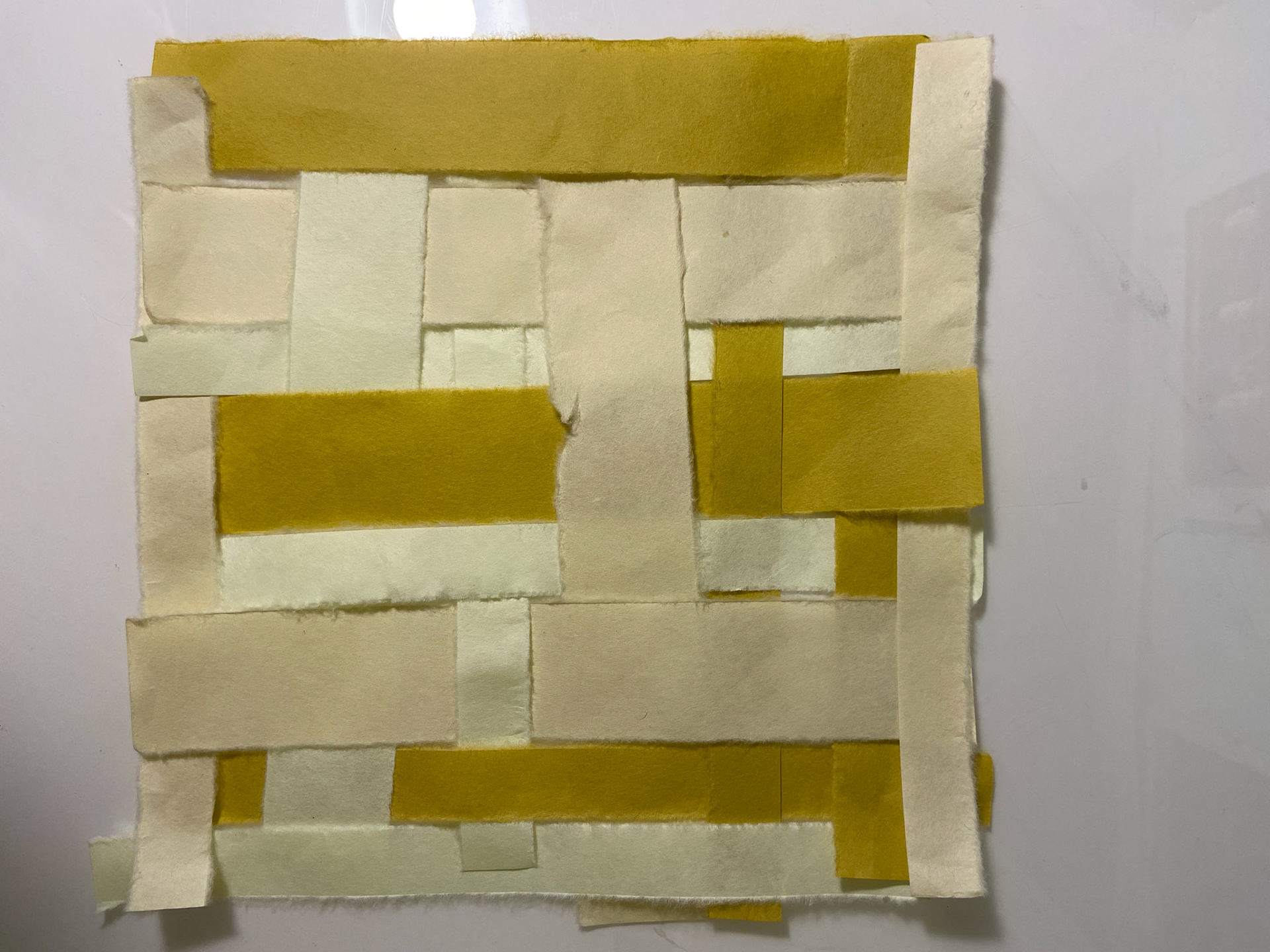In his pioneering treatise on The Four Elements of Architecture, Semper insisted that the threading, twisting and knotting of linear fibres were among the most ancient of human arts, from which all else was derived, including both building and textiles.
‘The beginning of building’, he declared, ‘coincides with the beginning of textiles.’ And the most fundamental element of both building and textiles, he thought, was the knot.
-- Tim Ingold, "Of Blocks and Knots: Architecture as weaving"










The first sign of human settlement and rest after the hunt, the battle, and wandering in the desert
is today, as when the first men lost paradise, the setting up of the fireplace and the
lighting of the reviving, warming and food preparing flame. Around the hearth the first groups
assembled; around it the first alliances formed; around it the first rude religious concepts were
put into the customs of a cult. Throughout all phases of society the hearth formed that
sacred focus around which the whole took order and shape. It is the first and most important, the moral element of architecture. Around it were grouped the three other elements;
the roof, the enclosure and the mound, the protecting negations or defenders of the hearth’s flame
against the three hostile elements of nature.
is today, as when the first men lost paradise, the setting up of the fireplace and the
lighting of the reviving, warming and food preparing flame. Around the hearth the first groups
assembled; around it the first alliances formed; around it the first rude religious concepts were
put into the customs of a cult. Throughout all phases of society the hearth formed that
sacred focus around which the whole took order and shape. It is the first and most important, the moral element of architecture. Around it were grouped the three other elements;
the roof, the enclosure and the mound, the protecting negations or defenders of the hearth’s flame
against the three hostile elements of nature.
At the same time the different technical skills of man became organised according to these
elements: ceramics and afterwards metal works around the hearth, water and masonry works
around the mound, carpentry around the roof and its accessories. But what primitive
technique evolved from the enclosure? None other than
the art of the wall-fitter, that is the weaver of mats and carpets.
elements: ceramics and afterwards metal works around the hearth, water and masonry works
around the mound, carpentry around the roof and its accessories. But what primitive
technique evolved from the enclosure? None other than
the art of the wall-fitter, that is the weaver of mats and carpets.
-- Gottfried Semper, The Four Elements of Architecture